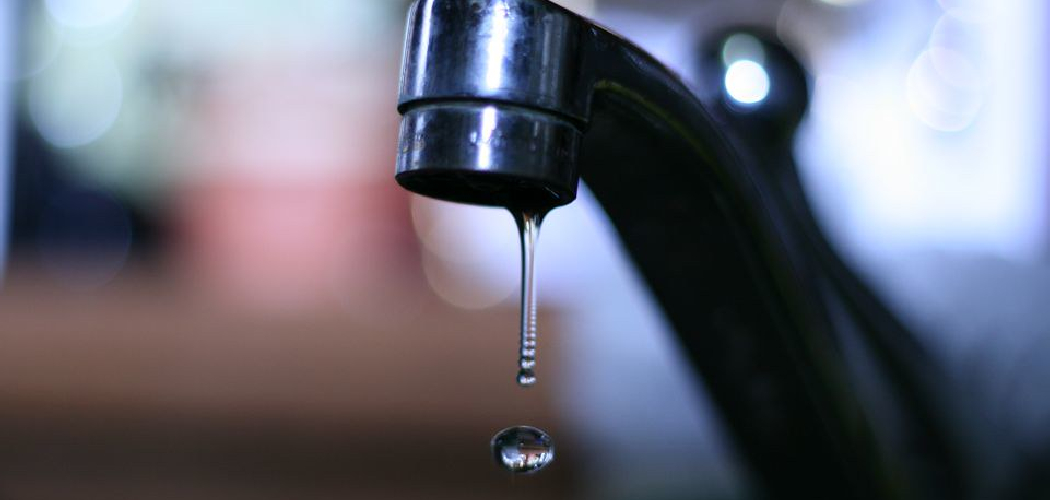Are you concerned about your pipes freezing during the cold winter months? One way to prevent this is by dripping your faucets. This guide will discuss why and how you should drip your faucets to avoid frozen pipes.
When temperatures plummet during winter, one common concern for homeowners is the risk of frozen pipes. A simple yet effective solution to prevent this issue is dripping your faucets. This method keeps water moving through the pipes, reducing the likelihood. Understanding how and why faucets must be dripped during frigid weather can help protect your plumbing system and avoid costly repairs.
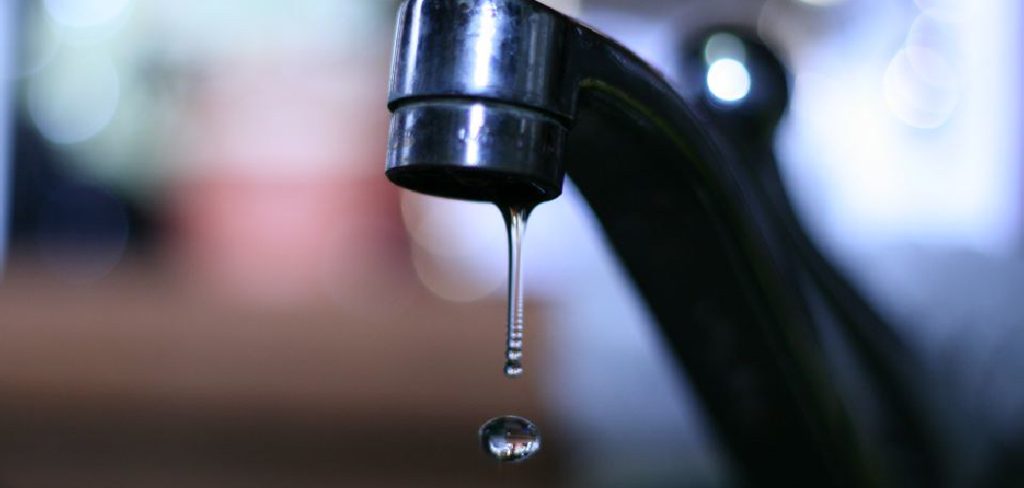
This guide on how to drip faucets freeze will explore the science behind frozen pipes and explain the importance of dripping faucets as a preventive measure.
What Are the Causes of Frozen Pipes?
Frozen pipes occur when the temperature drops below freezing and water inside the pipes freezes. This can happen in indoor and outdoor water supply lines, including basements, attics, garages, and crawl spaces. The main cause of frozen pipes is exposure to extremely cold temperatures, but other factors can also contribute to this issue.
Some common causes of frozen pipes include:
- Poor Insulation: When pipes are not properly insulated, they are more susceptible to freezing.
- Exterior Cracks or Holes: Cracks or holes in your home’s exterior can let in cold air and cause pipes to freeze.
- Lack of Heat: If a room or area with exposed piping does not have enough heat, the pipes are at risk of freezing.
- Improperly Installed or Damaged Pipes: Pipes that are not installed correctly or have been damaged somehow are more likely to freeze.
It is important to take preventative measures to prevent frozen pipes before extreme temperatures hit.
What Will You Need?
To protect your home and prevent frozen pipes, you will need the following items:
- Insulation: Insulating exposed pipes is one of the most effective ways to prevent them from freezing. You can use pipe insulation sleeves or wrap the pipes with heat tape.
- Heating Devices: If a room or area in your home does not have sufficient heat, consider using portable heaters or space heaters to warm up the space and keep the pipes from freezing.
- Sealant: If you notice any cracks or holes in your home’s exterior, use sealant to fill them and prevent cold air from entering.
- Proper Heating Maintenance: Before winter arrives, ensure your heating system is in good working condition. Regular maintenance can prevent unexpected breakdowns and ensure your home stays warm.
8 Easy Steps on How to Drip Faucets Freeze
Step 1. Identify Which Faucets to Drip:
Start by locating all the faucets in your home, both indoors and outdoors. Focus particularly on faucets farthest from the main water supply line, as these are more prone to freezing. This includes faucets in unheated areas like basements, garages, or outdoor spigots. It’s also a good idea to check any faucets along exterior walls, as they are more exposed to the cold. List these at-risk locations to ensure you drip the most critical ones.
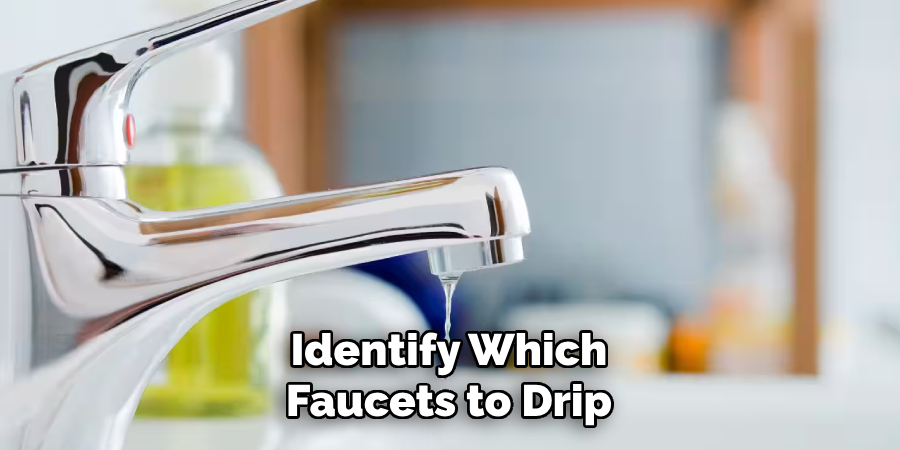
Step 2. Open Cabinet Doors:
For indoor faucets, especially those under sinks against exterior walls, open the cabinet doors to allow warmer air from your home to circulate the pipes. This small step can help prevent freezing by maintaining a higher temperature near the plumbing. Be cautious if you have pets or small children, as they may access cleaning supplies or other hazardous materials stored under the sink. Consider temporarily relocating these items to ensure safety.
Step 3. Allow Faucets to Drip:
On freezing nights, allow your faucets to drip slightly. This keeps water moving through the pipes, which can help prevent freezing. Even a small, steady drip can reduce the pressure that builds up if freezing occurs, which helps lower the risk of a pipe bursting. Make sure to use both hot and cold water settings if your faucet has separate handles.
Step 4. Insulate Exposed Pipes:
Insulating your exposed pipes is one of the best ways to protect them from freezing temperatures. Use pipe insulation materials, such as foam sleeves or fiberglass wraps, to cover pipes in unheated areas like basements, attics, crawl spaces, or exterior walls. For an added layer of protection, consider heat tape or heat cables, which can be applied directly to the pipes and plugged in to keep them warm during severe cold spells.
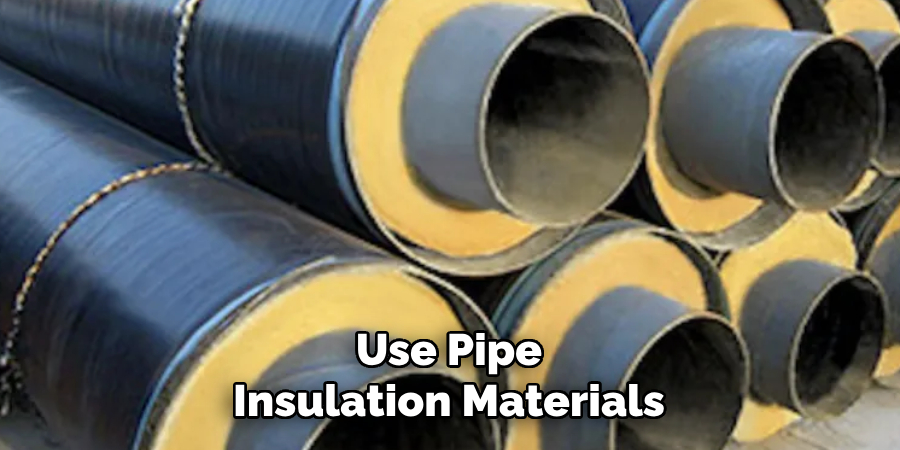
Be sure to follow manufacturer instructions and safety guidelines when installing these materials. Proper insulation prevents freezing and helps conserve energy by maintaining the water temperature in your pipes.
Step 5. Apply Sealant
Another way to prevent frozen pipes is by using sealants. These can be applied to cracks or gaps in walls or foundations that may allow cold air to enter and come into contact with your pipes. This is especially important in older homes or buildings where the structure may have settled over time, creating openings for drafts.
When applying sealant, it’s essential to use a product specifically designed for sealing plumbing penetrations or outdoor surfaces. Look for a waterproof sealant that can withstand extreme temperatures and is safe for use on pipes. Applying sealant can help keep cold air out and protect your pipes from freezing.
Step 6. Keep Cabinets Open
Keeping the cabinets open is essential in preventing your pipes from freezing during cold weather. Many pipes in your home, particularly those under sinks or exterior walls, are often enclosed within cabinets. These cabinets can trap cold air, especially if your home isn’t well-insulated. By leaving cabinet doors open, you allow the warmer air from your home to circulate the pipes, reducing the risk of freezing.
This is especially important for kitchens and bathrooms located on exterior walls or in areas prone to low temperatures. Remove any items stored in cabinets that could restrict airflow, such as cleaning supplies or miscellaneous storage, to ensure proper circulation. For households with young children or pets, consider keeping anything dangerous, like chemicals, out of their reach while leaving the cabinets open. This simple yet effective tip can help maintain water flow and save you from expensive plumbing repairs during winter.
Step 7: Keeping Your Pipes Warm
Insulating pipes is one of the most effective ways to keep them warm. Pipe insulation is readily available at most hardware stores and is relatively easy to install. By wrapping exposed pipes, particularly those in basements, attics, or crawl spaces, you can significantly reduce the risk of them freezing. Foam pipe insulation or heat tape are commonly used materials that provide an added layer of protection.
Additionally, maintaining a consistent indoor temperature is crucial. Avoid setting your thermostat too low even when you’re away from home. Many experts recommend keeping it at no less than 55°F to ensure that the ambient heat helps protect your plumbing. If you have a garage with water supply lines, make it a habit to keep garage doors closed, especially during freezing weather.
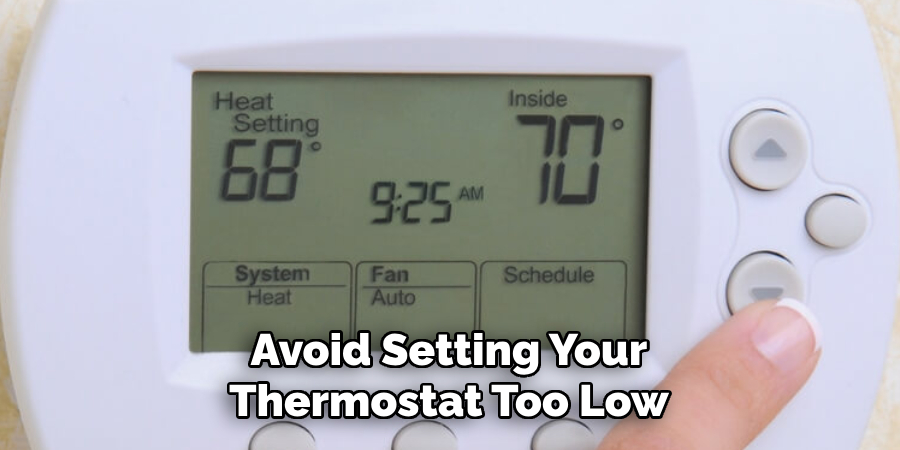
These steps, combined with preventive measures like opening cabinets and allowing faucets to drip slightly, create a comprehensive strategy to safeguard your pipes throughout winter.
Step 8: Try Proper Insulation
Proper insulation is one of the most effective ways to protect your plumbing during winter. This involves ensuring all exposed pipes are well-insulated, particularly those in unheated areas such as attics, crawl spaces, and basements.
Insulating pipes can prevent them from freezing and bursting due to extreme temperatures. It can also help save energy by reducing heat loss from hot water pipes. Various types of pipe insulation are available on the market, including foam sleeves, fiberglass wrap, and self-adhesive tape.
When insulating your pipes, follow the manufacturer’s instructions carefully. You should also check for gaps or openings where cold air could enter and seal them with caulk or foam sealant. It’s important to properly insulate all exposed pipes, including attics, basements, and crawl spaces.
By following these steps, you can significantly reduce the amount of heat loss from your hot water pipes and potentially save money on your energy bills.
5 Things You Should Avoid
- Leaving Faucets Completely Shut Off During Extreme Cold: Failing to allow water to drip can increase the risk of pipes freezing, especially during prolonged periods of subfreezing temperatures. Always allow a small, steady drip of water to keep it flowing.
- Using Hot Water for Dripping: While it may seem practical, dripping hot water can waste energy and increase your utility costs unnecessarily. Stick to cold water for dripping to achieve the same pipe protection.
- Dripping Only One Faucet: If your home has multiple plumbing lines, dripping just one faucet might not protect all the pipes. Make sure to open faucets connected to vulnerable or exposed areas.
- Ignoring Insulation Needs: Relying solely on dripping faucets is insufficient if your pipes are poorly insulated. Ensure all exposed pipes are properly insulated to prevent freezing despite water flow.
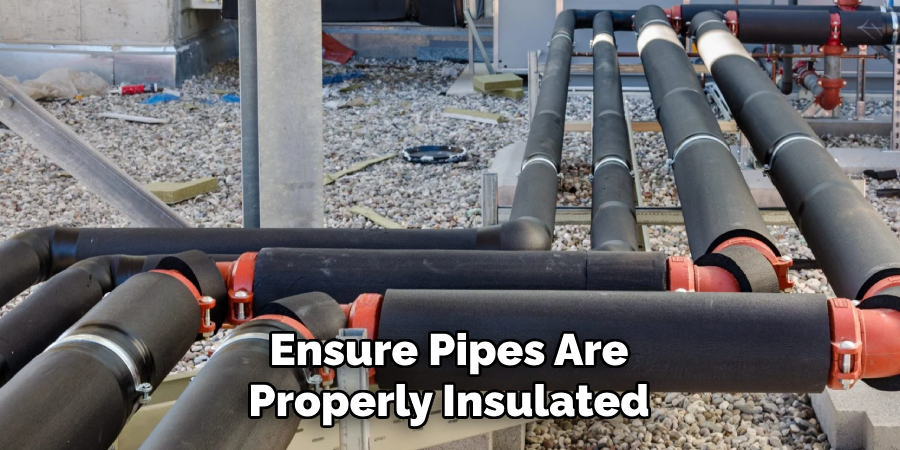
- Turning Off the Heat Completely: If you’re away, turning off the heat in your home can leave pipes dangerously cold, even with dripping faucets. Always maintain a minimum indoor temperature of 55°F to help prevent pipes from freezing.
Conclusion
How to drip faucets freeze can be an effective method to help prevent pipes from freezing, but it is not a foolproof solution.
To minimize the risk of frozen pipes, combining dripping faucets with other preventive measures, such as properly insulating pipes, keeping indoor temperatures regulated, and addressing drafts in your home, is crucial. These steps work together to keep water flowing and pipes protected during freezing weather.
By understanding and addressing these precautions, you can safeguard your plumbing system and avoid costly damages caused by frozen pipes.

